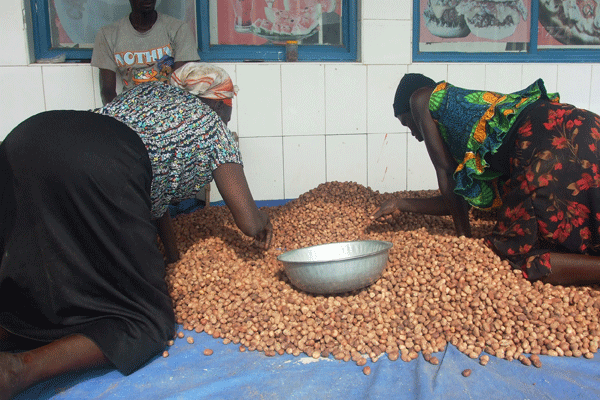Upgrade shea nut to high value crop

Pascal Odoch
The shea tree grows within the shea belt of about 5,000 kilometres long through 21 countries in Africa (from Senegal to Ethiopia). In Uganda, the trees grow in Karamoja, West Nile, Nakasongola, Teso, Lango, and Acholi sub-regions.
In 2019, Uganda exported about $760,000 (Shs2.8 billion) worth of shea butter, far less than other countries like Mali, Burkina Faso and Ghana. But that year, the Uganda Export Promotion Board set an ambitious target for local producers, aiming to increase annual shea butter exports from 150,000 to 500,000 tonnes by 2022.
The shea butter tree (Vitellaria paradoxa), which matures at an average 30 years, is an important oil-producing tree species that grows in the drier areas of northern and north-eastern Uganda. The fruits are eaten, usually as a “famine” food, while the nuts contain abundant oil, which is extracted and used for cooking, medicinal, hair and skin ointments.
The economic value of shea nuts is amazing. It is a vital crushing material in industries producing chocolate, high value edible oil, and cosmetics. In the history books, it is reported that Queen Cleopatra of Egypt had caravans of clay jars filled with shea for cosmetic use.
The Food and Agriculture Organisation of the United Nations show that total production in 2019 stood at 759,000 metric tonnes with Nigeria accounting for 303,000 metric tonnes of output.
Correspondingly, global import value of shea nut stood in 2020 at $855 million (Shs3.2 trillion) and of this the USA imported shea worth $169 million (Shs635 billion).
May and June are harvest months of the shea nuts. The nuts fall just like any other fruit to the ground. It is common to find kids roaming in the locations where the trees are in a frantic search for the nuts.
First the children eat the flesh and then take home the nut which the family (usually their mothers) dry and extract edible oil from. Picking the shea nuts is risky and a breeding ground for conflict. The nuts fall overnight and in an attempt to arrive first at the tree locations, children rush at the wee hours of the night and are exposed to the risk of snake bites among others.
Because no one planted the trees, communities treat them as common property and children are chased by the assumed owners whose homes are in the vicinity of the trees. One wonders why the parents who poach on the nuts cannot think of planning their own trees.
With such intense demand for the nut, Uganda needs to take interest in this market space and seize it. The livelihoods of local communities, especially women, could be improved with conservation and promotion of shea trees.
The president has established an initiative on shea trees to foster conservation and increased use of their products.
It is imperative that the National Agricultural Research Organisation takes up this effort especially on coming up with fast maturing shea tree varieties so that its planting is escalated in the north where it is historically rooted and growing in the wild.
Even the Ukraine-Russia war which is used as one of the reasons for intermediate goods shortage for industry could not have significantly impacted our country’s economy and welfare had this shea been promoted earlier, especially for edible oil usage, among its other vital values.
Dr Pascal Odoch, Visiting Scholar – University of Lusaka, Zambia




